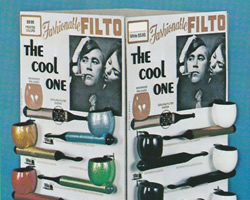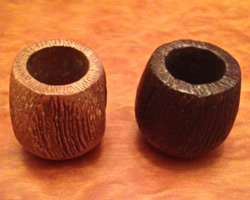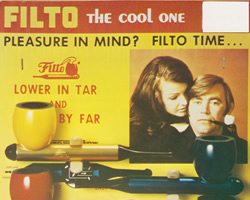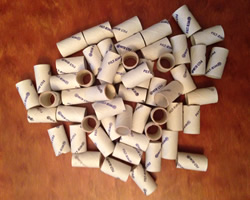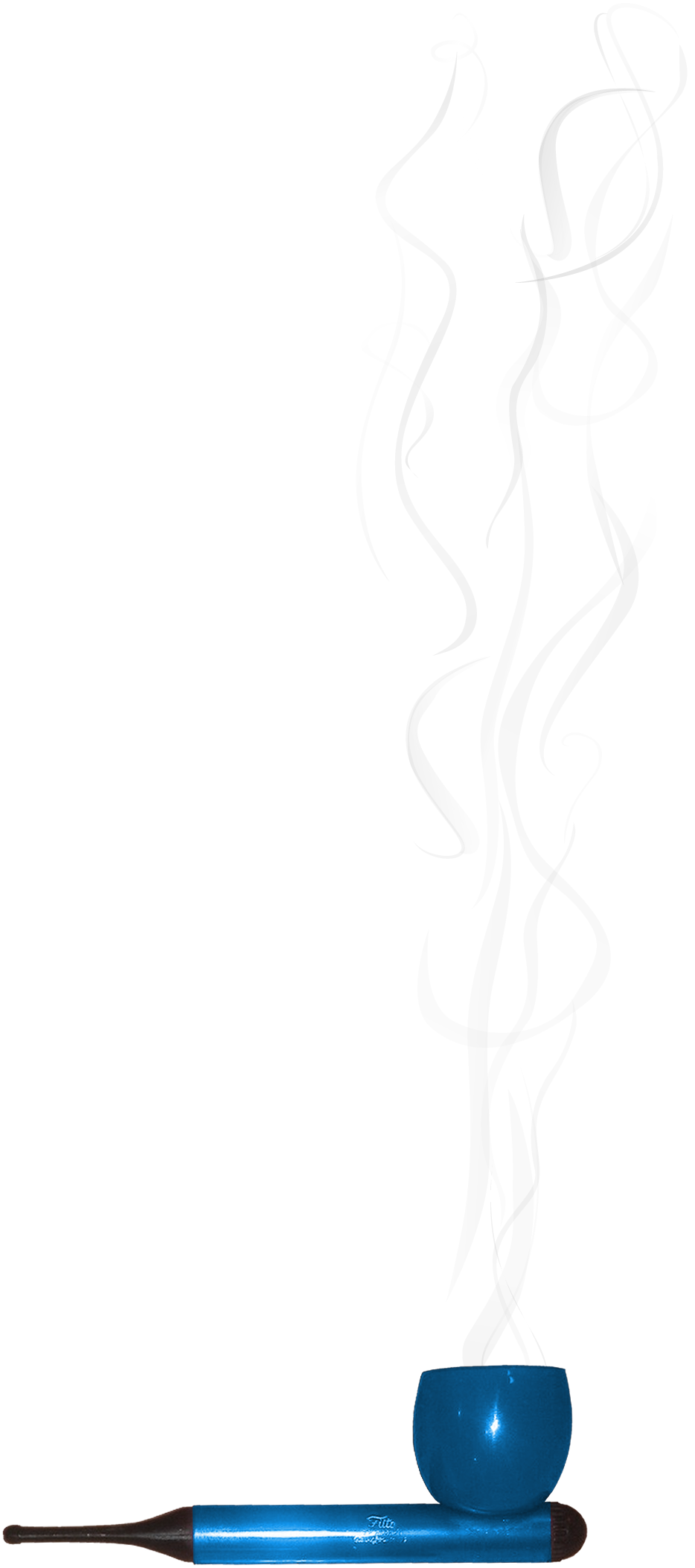A little history.


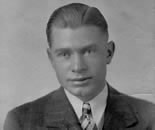
Robert Smith, originally from Concord, NC, had been in the Navy 21 years when he retired and headed to Burgaw, NC, to continue working on his pipe dream in 1956. He wanted to smoke a pipe that was milder and cooler than conventional pipes, so in 1945 he went to work developing an aluminum shank pipe and applied for his first patent in 1946.
The main difference between this new pipe and others on the market is that the smoke passes through the stem three times instead of just once. The hurdle was keeping the pipe lightweight with this new filtering system, but he proved that the aluminum shanks could work at nearly half the thickness as naysayer experts thought possible.
By 1964 sales were exceeding manufacturing capabilities and buyers were spreading across the country. In the beginning, the little backyard factory only manufactured shanks and assembled parts ordered from other vendors. But profits from early sales afforded Smith to buy more equipment and begin manufacturing all parts onsite.
Around 1980, Smith sold the business to Dr. Grabow, the largest quality pipe manufacturer in the world.


